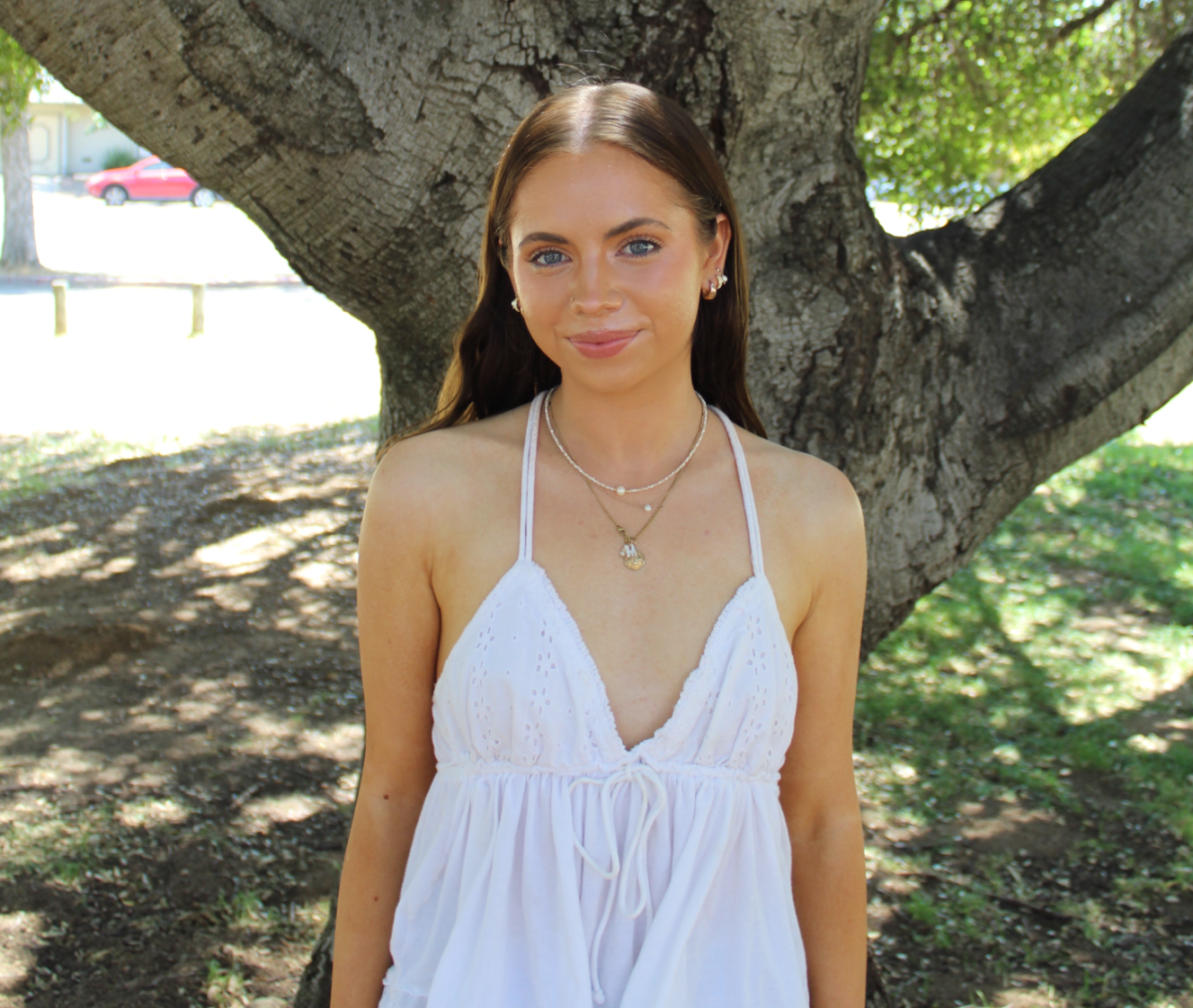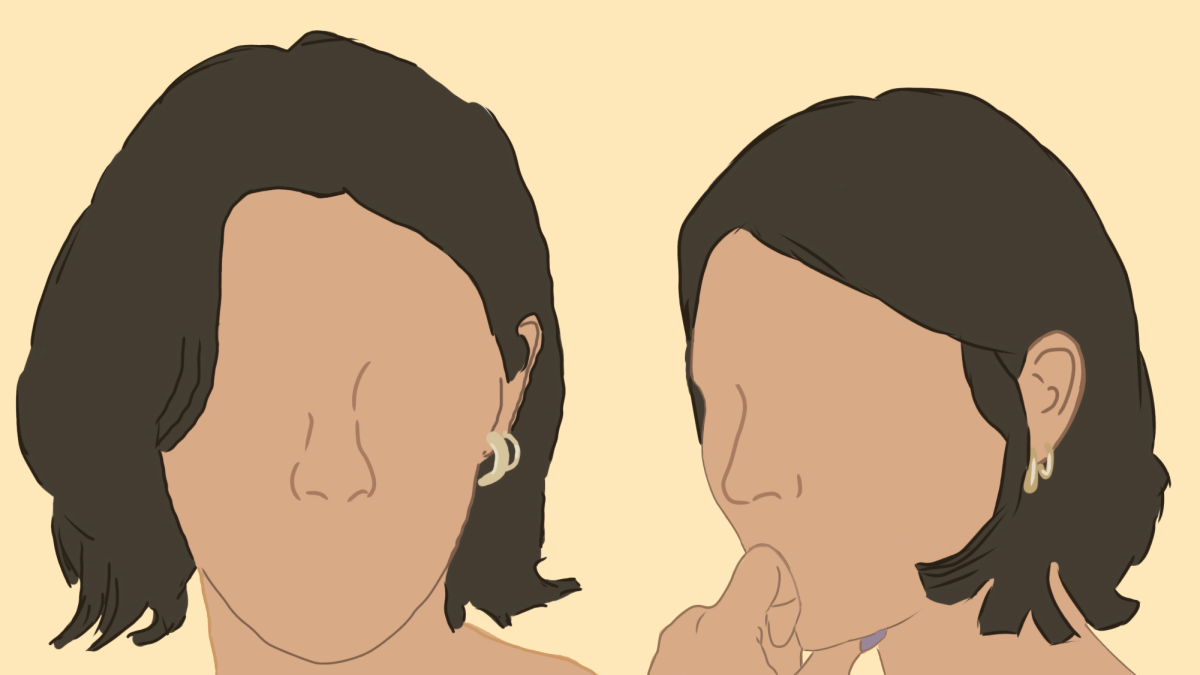
Caffeine is defined by, “a central nervous system stimulant used recreationally as a cognitive enhancer to increase alertness and attentional performance”. In simpler terms, caffeine provides consumers with an extra boost of energy throughout the day.
Today, there are a plethora of caffeinated drinks of all different concentrations. Two major caffeine sources have become popular over the years: coffee and matcha tea. Both are drinks that can be prepared a number of different ways. Coffee and matcha can be purchased at your local grocery store or from your favorite coffee shop. San Marin students have developed strong opinions on which of the two is better.
Matcha is a tea made by grounding up green tea leaves, and became popular between the tenth and thirteenth centuries in Japan and China. Unlike coffee, matcha contains a compound called L-theanine, which alters the effect of caffeine. This compound provides a more energizing and longer-lasting buzz, and slows the release of caffeine, which is shown to have a calming effect on the body.
“I used to be a coffee drinker and then I realized that it didn’t make me feel good.”
– Elise Kosta
Senior
“I used to be a coffee drinker and then I realized that it didn’t make me feel good, whereas matcha makes me feel like I am getting healthier and more sustained energy that lasts throughout the day,” senior Elise Kosta said. “Both coffee and matcha are acquired tastes, but matcha just tastes better and makes you feel better; there’s no crash and I don’t get jittery,”
Senior Julia Paulino gets her matcha in Japan Town in San Francisco.
“In Japan Town there’s a cafe called Cafe Maiko, and my favorite drink to get there is called the Matcha Boba Sunday,” Paulino said. Paulino’s advice to new matcha drinkers would be to order it iced.
“The first time I tried matcha I thought it tasted like grass, so I don’t think you should get it hot. Ever.” Paulino said.
Junior Reagan McGinnis loves trying out new recipes she finds on tiktok.
“I have recently experimented with matcha lemonade, as well as adding cold foams like strawberry or blueberry,” McGinnis said.
“The first time I tried matcha, I thought it tasted like grass, so I don’t think you should get it hot. Ever.”
– Julia Paulino
Senior
Coffee, on the other hand, is processed from the seeds of the Coffea plant’s fruit which are separated to produce unroasted green coffee beans. The beans are roasted and then ground into fine particles producing coffee grounds. Coffee cultivation and trade originates on the Arabian Peninsula and by the 15th century, coffee was grown in the Yemen district of Arabia. By the 16th century, coffee was being used in Persia, Egypt, Syria, and Turkey.
Today, coffee can be made in a myriad of different ways.
Senior Hailey McCune describes her perfect coffee as, “an iced vanilla latte.”
Senior Maya Zoeckler loves to spice up her coffee with cinnamon creamer.
“Right now I drink cold brew with cinnamon creamer,” Zoeckler said.
McCune loves to get her coffee at Dutch Bros.
“My favorite places to get coffee are Dutch Bros, Better Buzz in LA and little cafes always have the best coffee,” McCune said.
Senior Colin Eilerman mentioned that he began drinking coffee junior year of highschool because he got less sleep. He still continues to drink it now.
“I pretty much only drink cold brew, and I feel like coffee just has a smoother taste, whereas matcha usually tastes sour to me,” Eilerman said.
Although Matcha and Coffee are very different and acquired tastes, drinkers of both are united by the fact that it brightens their day.
“It’s delicious and it’s the highlight of my day,” Zoeckler said.





































